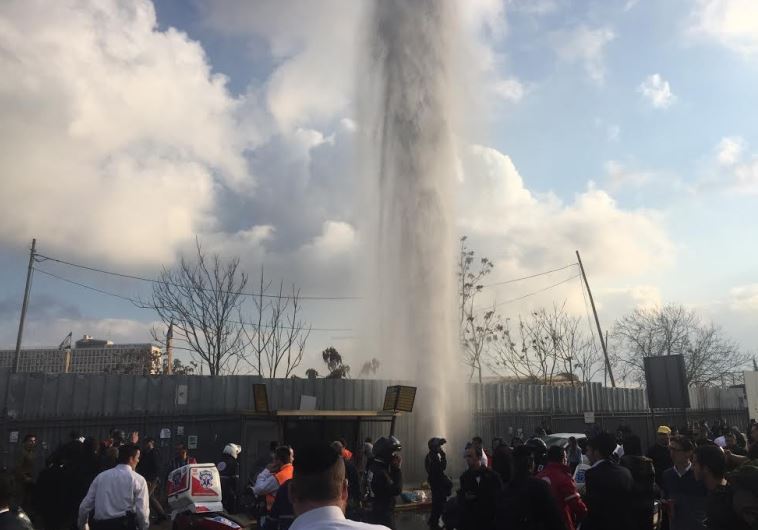Reporter's notebook: ‘I struggled to believe it was actually gunfire’
A Jerusalem Post intern recounts his experience at the scene of Monday's car ramming attack.
 Scene of ramming attack near Jerusalem's Chords Bridge(photo credit: JOSH DELL)Updated:
Scene of ramming attack near Jerusalem's Chords Bridge(photo credit: JOSH DELL)Updated: